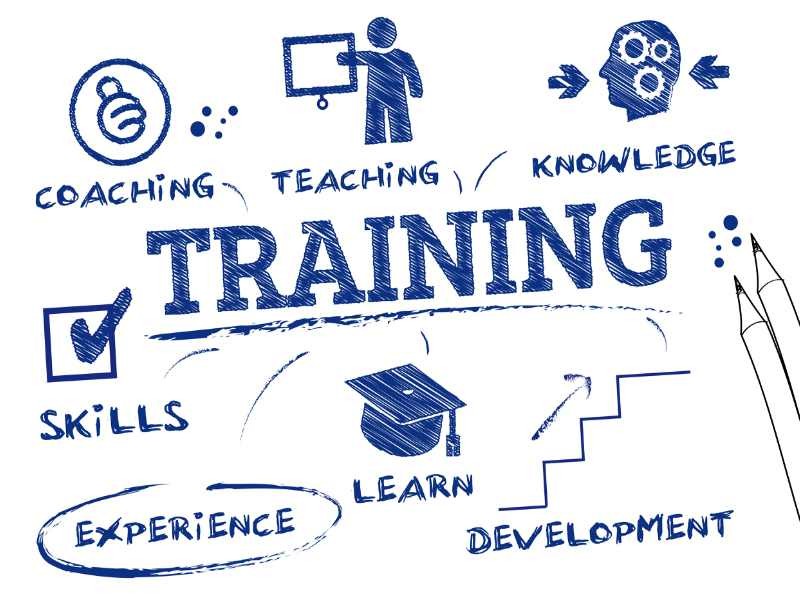Enhancing Skills: Nurturing Growth through Employee Training and Development
In the fast-paced and dynamic landscape of the modern workplace, the emphasis on Employee Training and Development has become a cornerstone for organizational success. This article explores the pivotal role of ongoing training initiatives in fostering employee growth, enhancing skills, and driving overall organizational excellence.
1. The Strategic Imperative of Training and Development
Employee Training and Development is not merely a checkbox on the HR agenda; it is a strategic imperative. In a world where technological advancements and industry trends evolve rapidly, organizations must invest in continuous learning to stay competitive. Training and development initiatives align employees with the organization’s goals, ensuring a skilled and adaptable workforce.
2. Skill Enhancement for Evolving Roles
As job roles continue to evolve, employees need to adapt and acquire new skills. Training and development programs offer a proactive approach to skill enhancement, preparing employees for current and future challenges. Whether it’s mastering new technologies or honing leadership skills, ongoing training ensures that employees are equipped to excel in their evolving roles.
3. Fostering a Culture of Continuous Learning
A culture of continuous learning is a hallmark of forward-thinking organizations. Employee Training and Development initiatives contribute significantly to cultivating this culture. By promoting learning as an ongoing and integral part of the work environment, organizations create a motivated workforce that is eager to embrace new knowledge and contribute innovatively to the company’s success.
4. Employee Engagement and Retention
Investing in the professional growth of employees through training and development is a powerful strategy for enhancing engagement and reducing turnover. Employees value organizations that invest in their development, fostering a sense of loyalty and commitment. Moreover, a skilled and engaged workforce is more likely to contribute positively to the company’s objectives.
5. Customized Training Programs for Individual Growth
Recognizing that each employee is unique, successful training and development programs are tailored to individual needs. Customized learning paths allow employees to focus on areas directly relevant to their roles and career aspirations. This personalized approach not only enhances skill development but also boosts employee satisfaction and motivation.
6. Technology as a Catalyst for Learning
In the digital age, technology plays a pivotal role in the training and development landscape. E-learning platforms, virtual classrooms, and interactive modules offer flexible and accessible avenues for learning. Integrating technology into training programs not only enhances efficiency but also accommodates the diverse learning preferences of today’s workforce.
7. Measuring the Impact of Training Initiatives
To ensure the effectiveness of training and development efforts, organizations must establish metrics for measuring impact. Tracking employee performance, skill acquisition, and the application of newly acquired knowledge provides valuable insights. This data-driven approach enables organizations to refine and optimize their training programs for maximum benefit.
8. Leadership Development for Organizational Success
Employee Training and Development extend beyond individual contributors; leadership development is a crucial component. Nurturing leadership skills within the organization ensures a pipeline of capable leaders who can guide teams, make strategic decisions, and drive overall organizational success.
9. Future-Ready Workforce with Reltix Solutions
In the pursuit of a future-ready workforce, organizations can turn to Reltix for cutting-edge Employee Training and Development solutions. Reltix leverages innovative technologies to provide comprehensive and effective training programs. Explore the possibilities of nurturing employee growth with Reltix here.
10. Conclusion: Empowering the Workforce for Tomorrow
In conclusion, Employee Training and Development are not just investments in skills; they are investments in the future of the organization. By prioritizing continuous learning, organizations empower their workforce to adapt, innovate, and contribute to sustained success. Embracing training and development as integral elements of organizational strategy is the key to fostering a dynamic and resilient workforce.











